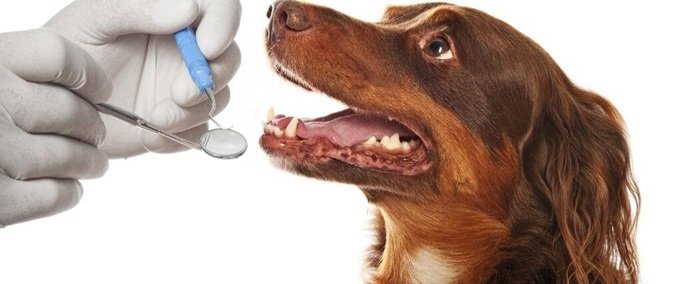Caring for your pet can be fulfilling. You want them healthy and happy. But sometimes, you might wonder when to take them to a veterinary hospital. Knowing these signs helps you decide quickly. First, take notice if your pet shows sudden changes in behavior or appetite. These can mean something serious. Next, watch for any visible injuries or persistent limping. These require immediate attention from a Lansing veterinarian who knows your pet’s needs. Lastly, be aware of breathing issues. If your pet struggles to breathe, it is urgent. Quick action is key. Understanding these signs makes you a better pet owner. You can prevent problems before they worsen. Don’t ignore these warning signs. Your pet depends on you. Give them the care they deserve. Remember, acting fast can save your pet’s life. Visit a trusted veterinarian today for peace of mind.
1. Changes in Behavior or Appetite
Pets often communicate through their actions. A sudden loss of appetite or unusual behavior can signal health issues. For instance, if your energetic dog suddenly becomes lethargic, something may be wrong. Pay attention to changes such as hiding, aggression, or excessive scratching. These shifts are often a pet’s way of asking for help. Acting swiftly can prevent the condition from worsening. If you’re unsure, consulting a veterinarian can provide clarity. Check out American Veterinary Medical Association for more on pet behavior.
2. Visible Injuries or Limping
Visible injuries like cuts or swelling need immediate care. Limping, even if slight, shouldn’t be overlooked. It might indicate strains, sprains, or fractures. Early treatment ensures faster recovery. Ignoring these signs can lead to chronic pain or mobility issues. In some cases, what appears minor at first could hide a deeper problem. Remember, pets are experts at concealing pain. If you notice any irregular movement or reluctance to use a limb, it is time for a professional examination.
3. Breathing Difficulties
Breathing problems require urgent attention. Rapid breathing, coughing, or wheezing can point to respiratory issues. These symptoms can escalate quickly. Make sure your pet gets immediate care. For more on respiratory health, visit the Centers for Disease Control and Prevention. Recognize the signs early to prevent severe complications. Regular check-ups can also help catch potential threats before they become emergencies.
Comparison of Pet Emergency Signs
| Sign | Possible Indications | Recommended Action |
|---|---|---|
| Behavioral Changes | Stress, Illness | Consult Veterinarian |
| Visible Injuries | Wounds, Fractures | Seek Immediate Care |
| Breathing Issues | Respiratory Problems | Immediate Veterinary Visit |
Conclusion
Caring for your pet includes knowing when to seek help. Recognizing the signs of distress can be lifesaving. Changes in behavior, visible injuries, and breathing difficulties are key indicators. These should prompt you to take immediate action. A pet’s health can deteriorate quickly without intervention. You have the power to make a difference by acting upon these signs. Your vigilance ensures a loving, thriving companion. Trust your instincts and consult professionals when something seems off. Early action means a healthier, happier pet. Always prioritize their well-being. Their joy is in your hands. Remember, a visit to the veterinarian today can prevent a crisis tomorrow.



